Just to say thank you very much and more ‘animals’ have been making their way to Dr Diane Heath’s door, including several dragons, a stag, a pig, a bee, an octopus and a bonnacon. I’ll leave you to find out about the latter! If there are any more budding tile-makers out there, please do send in your design to diane.heath@canterbury.ac.uk as the more the merrier.
Furthermore, it is great to report that the virtual Canterbury Medieval Pageant was a great success overall, helped by the Centre and CCCU’s creative writers, especially Elizabeth Waterman-Scrase who has plenty of heritage public engagement experience, and led by Dr Sonia Overall and Professor Carolyn Oulton. All the Pageant’s activities have been gathered together, so please do have a look: https://www.canterburybid.co.uk/virtual-medieval-pageant/
The second matter I want to report this week is that the Medieval Kent and Canterbury online resources’ listing is now up on MEMSlib, do feel free to check it out at Canterbury and Kent Medieval and Early Modern Resources and we have almost finished extending it to cover modern online sources for Kent as well, after which I’ll pass it to Michelle Crowther at the CCCU library.
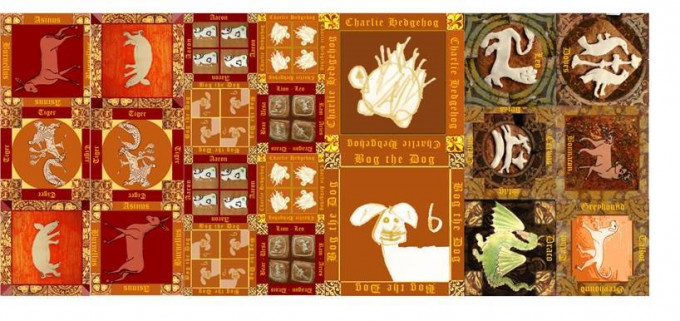
It is a fortnight since the Kent History Postgraduates group met up and we had everyone except Peter Joyce and Kieron Hoyle this time. As always it was great to hear what people had been doing, for their research and their other activities, which in Dean’s case had been a mixture of the two during his visit to Canterbury last weekend, while Janet’s local archaeology group have recently been responding to a couple of planning applications in the Orpington area which seem to be within the site of a Roman farmstead or similar complex. Keeping with Janet, she had she had been very pleased with the level and type of written comments she had received from Dr Leonie Hicks as part of her new supervisory team after her annual review. Dr Andy Seaman is also helping to sort out access for her to digital mapping tools, including LiDAR, and she is looking forward to working on this aspect of the history of Ruxley Hundred. She is continuing her investigation of the use of flint in local 13th-century buildings, but as she said, little research has been undertaken on these west Kent churches, vernacular building being almost exclusively timber-framed on flint footings.
This use of flint took us to Tracey’s update because she is continuing to explore the Lukedale chapel site and history. This is part of her research into the de Cornhelle family’s patronage, including that of Isabella, the wife of the second Reginald, and that of Matilda de Lukedale, the wife of Reginald III. As a way of trying to progress the fieldwork aspect of her investigation, she has been in touch again with Andrew Mayfield and hopes to hear from him soon. Moreover, for the documentary side she is currently engaged in an examination of Thorne’s Chronicle, the manuscript is available online from the Parker Library at Corpus Christi College Cambridge, because of the links between this family and St Augustine’s Abbey.
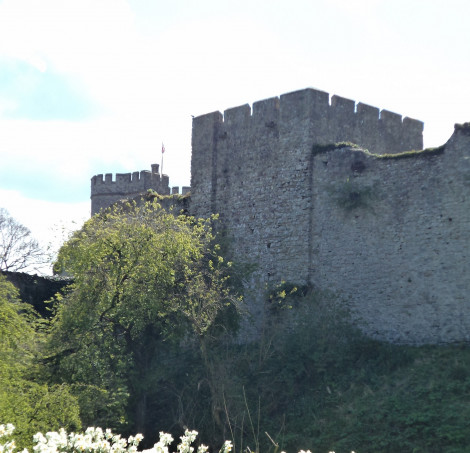
Keeping with Canterbury and chronicles, Dean is working on a section in chapter two of his thesis regarding the place of the Jews in town – crown relations, physically and figuratively, in the mid 13th century. This will follow on from his analysis of town clerks and their role in the production of documents involving Jews and Christians in several cities including Canterbury. This means he has been thinking more about the townscape and how useful or not ideas about separation and segregation really are for understanding 13th-century urban society in England.
Lily has also been writing and is finishing off the changes she needs to complete in response to her examiners. She is almost done apart from some short linking pieces between chapters and adding a little to her conclusion. As well as this, she has started writing an article using the idea of reading texts as one would an archaeological landscape; and she is similarly about to write up the Scottish Borders sheepfold project with her co-investigator.
Another person who has been writing is Maureen, and she has been bringing together her earlier research on the origins of Tonbridge, looking at it in its early Norman context through the building of the castle at an important bridging point on the Medway, and the consequent creation of a market and church. She has been exploring the value of town plan analysis and the role of functionality in urban development in relation to Tonbridge, as well as to Clare, the family’s other major centre. Timewise for the other end of her research, Maureen has been continuing to investigate the early 17th-century PCC wills because the Kent History and Library Centre is still closed.
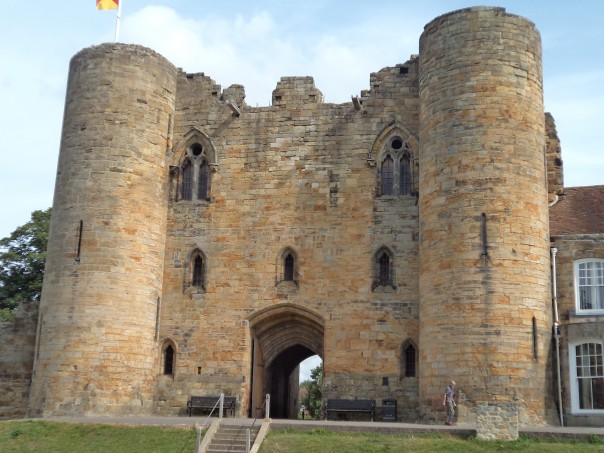
Jane, too, has been investigating PCC wills but because she will need to use large numbers for her analysis of the place of Tonbridge Priory in the spiritual (and commercial) life of Tonbridge and its hinterland, she is in the process of constructing a relational database. Indeed both she and Maureen had booked places on the IHR course which had been cancelled because of COVID-19, which means she has looked at the online preparatory materials and is now creating a pilot study to test whether she has the right tables and fields in the database before starting to enter large numbers of wills. This is sensible because the most important aspect of any such database is knowing what questions you will want to ask so that you can breakdown the data sufficiently to so this. Thus all in all we had a very interesting session yet again and it is brilliant to see how everyone is finding ways to carry on with their research, even though at times this is extremely challenging in the circumstances. And talking of challenges, our session was enlivened by Jane’s cat, who has obviously been taking lessons from the Dean of Canterbury Cathedral’s cats, and with a name like Caesar, this is hardly surprising!!
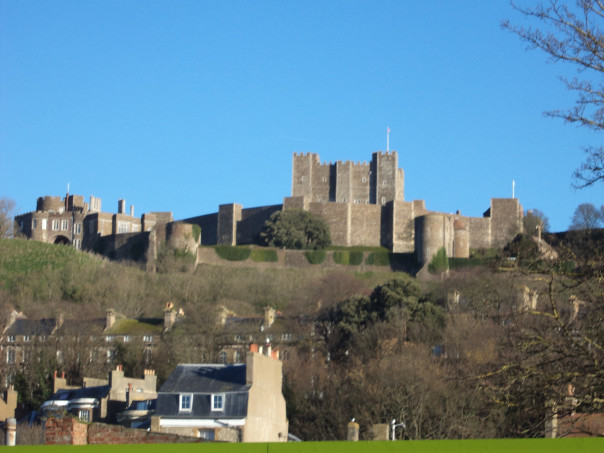
Just as a quick catch-up on other matters involving the Centre, in addition to her work on the ‘medieval tiles pavement’, Diane has been busy working on the results and feedback for the REF impact case studies to help Helen Wright as she constructs the narrative for Humanities. Diane and I are also involved with one of the MA students who is working on outreach, knowledge exchange materials about and for St Mildred’s church. Beth Brown has been busy exploring the late medieval and Tudor wills to find evidence of devotional gift-giving and the life of the pre-Reformation parish. Consequently, she has created six information banners, as well as a leaflet on the church building and fabric, and there is the possibility of a seventh on the fabulous nave roof. For that, Beth is talking to Jonathan Carey, a conservation architect, who a few of you may remember from his study of the structure of Eastbridge Hospital, primarily on what is now the Juxon Room. The idea is to have six of these information pop-up banners printed so that they can be displayed in the church once it reopens later in the year, with the banners as a set also having an online presence on the Centre’s website, and perhaps similarly on that of the church.
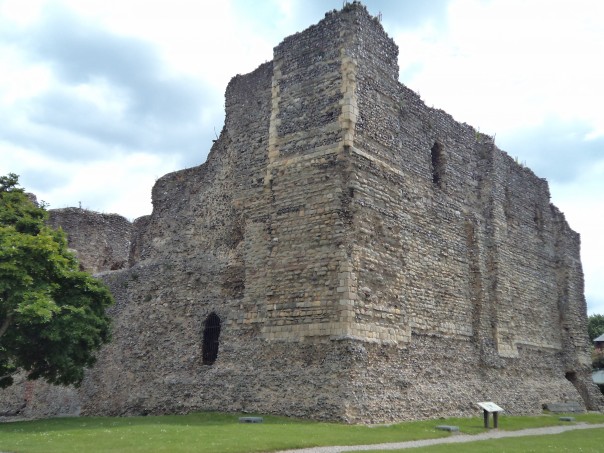
Last week Diane also attended several virtual sessions of the International Medieval Congress at Leeds, and others in History at CCCU were similarly involved, including Dr Leonie Hicks and Dean Irwin. This would still seem to be the only way forward at the moment, but I haven’t given up on the idea of welcoming you back to CCCU next spring for the Medieval Canterbury Weekend 2021 in some form for the weekend of Friday 9th to Sunday 11th April. Just what this will look like and what measures we will need to put in place for your safety, I don’t know because policies keep evolving, as the government minister said earlier this week, so please do keep watching for further details.
However, thinking about the present, Dr Claire Bartram is busy finishing off her chapter on early modern Dover through the literature it inspired under the Tudors and Stuarts for Maritime Kent through the Ages. This literary slant is extremely welcome and will complement the case study by Carolyn Oulton on Victorian literary responses to Thanet’s seaside resorts, which is now ‘in’. Some other chapters have also come in from contributors who have responded to the editors’ comments, and as editors we, Dr Elizabeth Edwards and Stuart Bligh and I, are expecting them all to arrive by the end of this month. This is all extremely exciting, but equally means things will become increasingly busy as we bring together the whole volume, including our Introduction that the three of us are currently writing. I believe this is a great topic and an extremely worthwhile multidisciplinary project that brings together a geographer, archaeologists, historians, and literature specialists. Moreover, it is very much in keeping with the KCC Kent History Project series that began with Traffic and Politics, Rochester Bridge AD 43–1993 in 1994 and ended with Early Medieval Kent, 800–1220 in 2016, albeit this time our sponsors are Kent Archaeological Society, the William and Edith Oldham Charitable Trust and Peter Hobbs, we are grateful to them all.
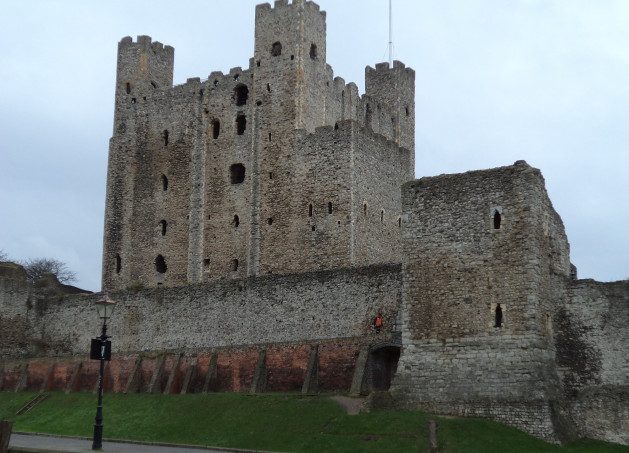
Keeping with the maritime theme, I thought I would mention that The Routledge Companion to Marine and Maritime Worlds 1400–1800, edited by Claire Jowitt, Craig Lambert and Steve Mentz has just been published (hard copies from 20 July), which includes my article on fishing in late medieval and Tudor Kent. From my standpoint, that means two down for 2020 with two more to come, hopefully before the end of July with the last in August all being well. And staying with port towns, last week I sent in the various listings and comments needed for Kent and Surrey for the Gough Map project. The project leaders will be working on all these contributions and hopefully their analysis will give a good steer for the meeting in September when everyone, ie those working on regions in England, Scotland and Wales will be coming together before the next phase, more exciting times!
 Centre for Kent History and Heritage
Centre for Kent History and Heritage Sheila Sweetinburgh
Sheila Sweetinburgh 1181
1181

